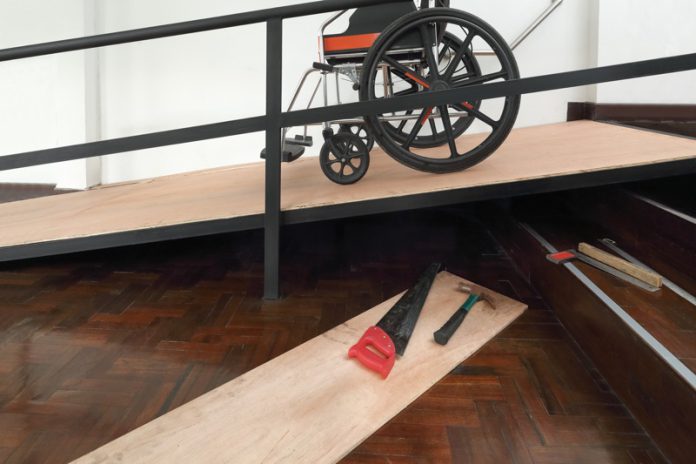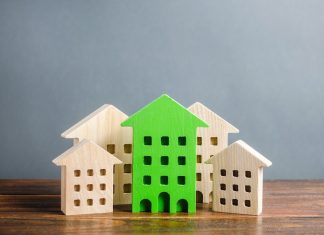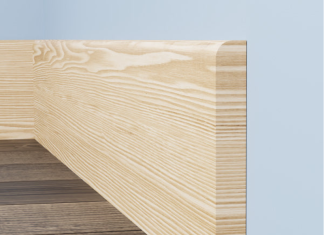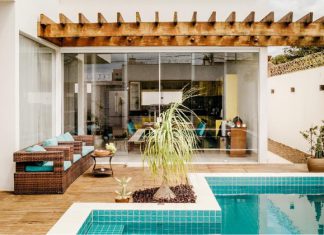The possibilities and creativity available to home renovators the world over make home renovation a worthy goal for anyone who wishes to step into a dream home. But with renovations, you can enjoy the look and feel of improving something old and making it new. However, transforming a space takes so much time and energy, and if you’re using professional services to make it a reality, of course, there’s some cost involved.
However, when people spend money on the things they really desire, it can be well worth the cost. That rings especially true for homeowners shaping a house into a dream home. Your home is your castle, but every castle needs upkeep to stay strong and project the power and virtues of those who dwell within.
There are stories you can remember with a glance while still looking at something with a fresh veneer. Making something old new again can be one of the most satisfying feelings in the world. But sometimes, the costs can weigh heavy on a homeowner’s mind, even if it’s worth it to restore something to its former glory.
So why renovate a house, townhouse, apartment, or duplex? Besides the tremendous aesthetic benefit, there could be a financial incentive to keep remodeling, restoring, and beautifying your space. Taxes are a fact of life, but if you take that crucial step to make your home exquisite after years’ wear and tear on it, you could be eligible for a tax deduction.
Federally in Canada, therefore including Albertans from Calgary and Edmonton, there’s something called the Home Accessibility Tax Credit (HATC). All over the country, there’s a push to make it easier for homeowners or tenants with mobility challenges to find an accessible home built to address the needs of the physically challenged.
The uplifting news that we can share with homeowners is that up to $10,000 can be claimed for renovations that make mobility easier in homes where wheelchairs and prosthetic assistance help the physically challenged move through the space. It could require extensive or nearly complete home renovation to complete.
However, if you could take $10K and reshape your dream house so that it’s easier to move with or without help from wheelchairs, mobility aids, or other prostheses, what would that look like? How could you change the way your home accommodates people?
But as with anything, there is some fine print to getting this tax credit. You have to be either a qualifying person or an eligible person. Qualifying persons for the HATC can get proper disability benefits, and the HATC is designed to support their needs. On the other hand, there is another category: eligible persons. They can make a renovation claim on behalf of a closely related qualifying person, as long as that individual is a child, parent, grandparent, sister, grandchild, brother, aunt, uncle, nephew, or niece of the eligible person.
Reshaping your home with dazzling new features and accessible paths throughout makes life easier for any visitor, future owner, or resident you live with. With that, you might be wondering how to budget the work when you decide to capitalize on this generous tax credit.
DIY has really taken imaginations by storm in recent decades, but tastes, hobby prioritizing, and the reach of the internet have changed things for some. If a homeowner wants to show off their new home renovation on social media, the work must reflect growing trends, professional standard workmanship, and genuinely visionary remodelling if it’s going to pass muster. And if you’re going to take all necessary steps to qualify for the HATC, the requirements will include some very particular details on accessibility. The home renovation might also require permits to complete the work, but the good news is that these permits’ costs can be included in the tax deduction.
With all that in mind, hiring a professional home renovator you can trust is paramount. You’ll want a company with an eye for detail and a love for innovation. Another thing to qualify for the HATC would be entrusting your home renovations to companies with devotion to excellence, expertise, and broad experience. A company with awards in their areas of expertise can indicate whether they’re up to the task of tax-deductible accessibility renovations.
If you want to start planning your tax-deductible home renovations, visit this website and contact if you have further questions!
















